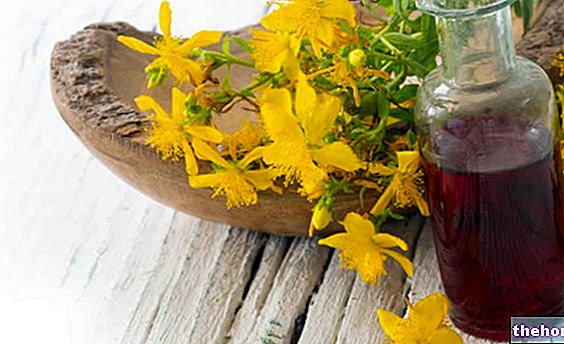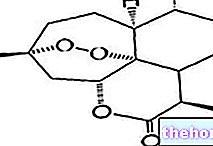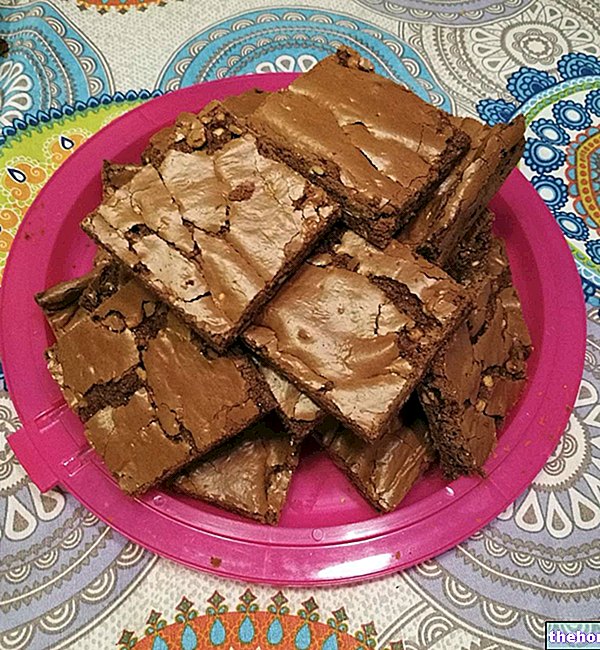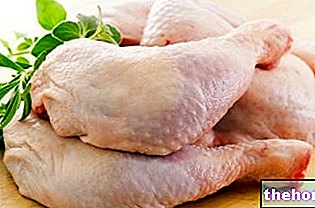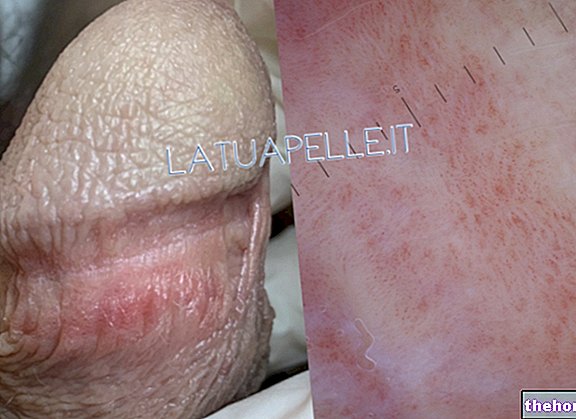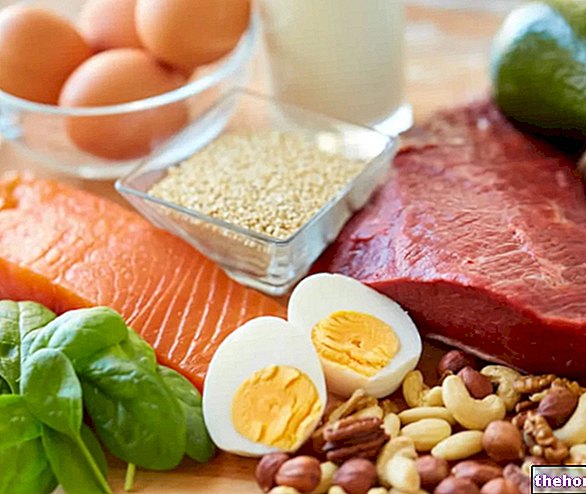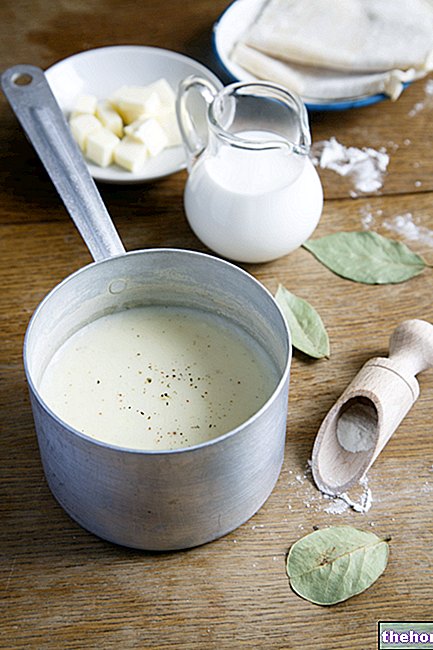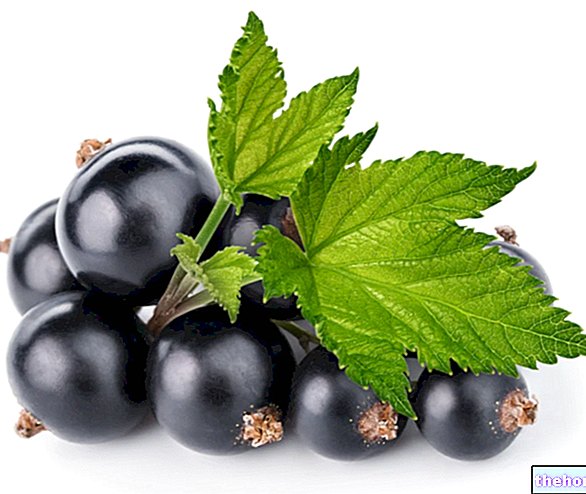Generality
White tea is a drink obtained by infusing the dried leaves of tea, a herbaceous plant belonging to the Theaceae family, Genus Camellia and Species sinensis; the binomial nomenclature of tea is Camelia sinensis.
White tea is a drink that has no real definition; in fact, at the international level, there are some differences that continue to hinder the minting of a single disciplinary.

Some sources claim that white tea is the result of minimal processing, consisting simply of drying the leaves, without any fermentation or other procedures. Others claim that white tea must be made up exclusively of the young leaves and buds of the plant. possibly steamed to inactivate the polyphenol oxidase enzyme, and then dried.
The drying of white tea is often of the natural type, ie in the open air, but mechanical (forced air or other) is also used. It is curious to note that, while the action of the sun's rays is exploited for the various types of naturally drying teas, in the finest white teas this occurs at night; obviously, it is a refinement that depends on the climate of the place of production.
The buds and young leaves of white tea are harvested mainly in China, mainly in the Fujian province; recently, production was also successfully started in eastern Nepal, Taiwan, northern Thailand, southern Sri Lanka and India.
The name of white tea derives from the very thin silvery white down on the still closed buds of the plant. On the contrary, the drink is not white, but transparent, light yellow almost colorless and very light both to the nose and to the taste.
Chemical composition
As anticipated, white tea is also a drink obtained from the plant Camellia sinensis
To a different extent than green tea, yellow tea, oolong tea, red tea, black tea, etc., white tea also contains various polyphenols, a set of phytonutrients responsible for various health benefits including the very famous antioxidant power.
Thanks to less processing, white tea contains the greatest number of phytotherapeutic molecules, otherwise easily perishable with heat. The quantity and the ratio of the phenolic compounds in tea varies considerably from one type to another because, as we have seen among the generalities of the drink, there is no single production technique. Moreover, despite all types of tea are obtained from the same species , it is necessary to remember that there are many strains of the same plant, similar but not the same.Wishing to make a comparison we could say that, from a nutritional point of view, the drink most similar to white tea is green tea.
Processing
The basic process for making white tea is as follows:
- Collection of fresh leaves
- Withering
- Drying (natural or mechanical)
- Final product.
White tea belongs to a group of teas that do not require roasting, rolling or stirring and fermentation.
However, the choice of the raw material must be extremely rigorous; the choice of leaves, sometimes called "plucking", must prefer only the youngest shoots with fluff (also called flowery orange pekoe). The percentage of the latter in the product , possibly complemented by the presence of orange pekoe, pekoe and pekoe souchong leaves, is responsible for the final quality of white tea.
Organoleptic properties
White tea is characterized by a sweet taste and fairly developed hints of freshness; the Chinese use to add dried rose or chrysanthemum petals to it.
The preparation must be carried out by bringing the water to a temperature of 60-70C ° and immersing the dried leaves in infusion for 12-15 ".
It should be drunk, if possible, in a glass cup and without any correction with milk or lemon.
Background
Not all scholars and traders agree on the origins of white tea as we know it in contemporary times.
It is a fairly recent drink, no older than a couple of centuries. It is conceivable that the first historical traces of white tea can be traced back to an English publication in 1876, where it was classified as black tea, because initially the sprouts were heat treated (to deactivate enzymes and microorganisms).
It is often sold under the designation "Silvery Tip Pekoe", a variation of its traditional name, or with the designations of "China White" and "Fujian White".



